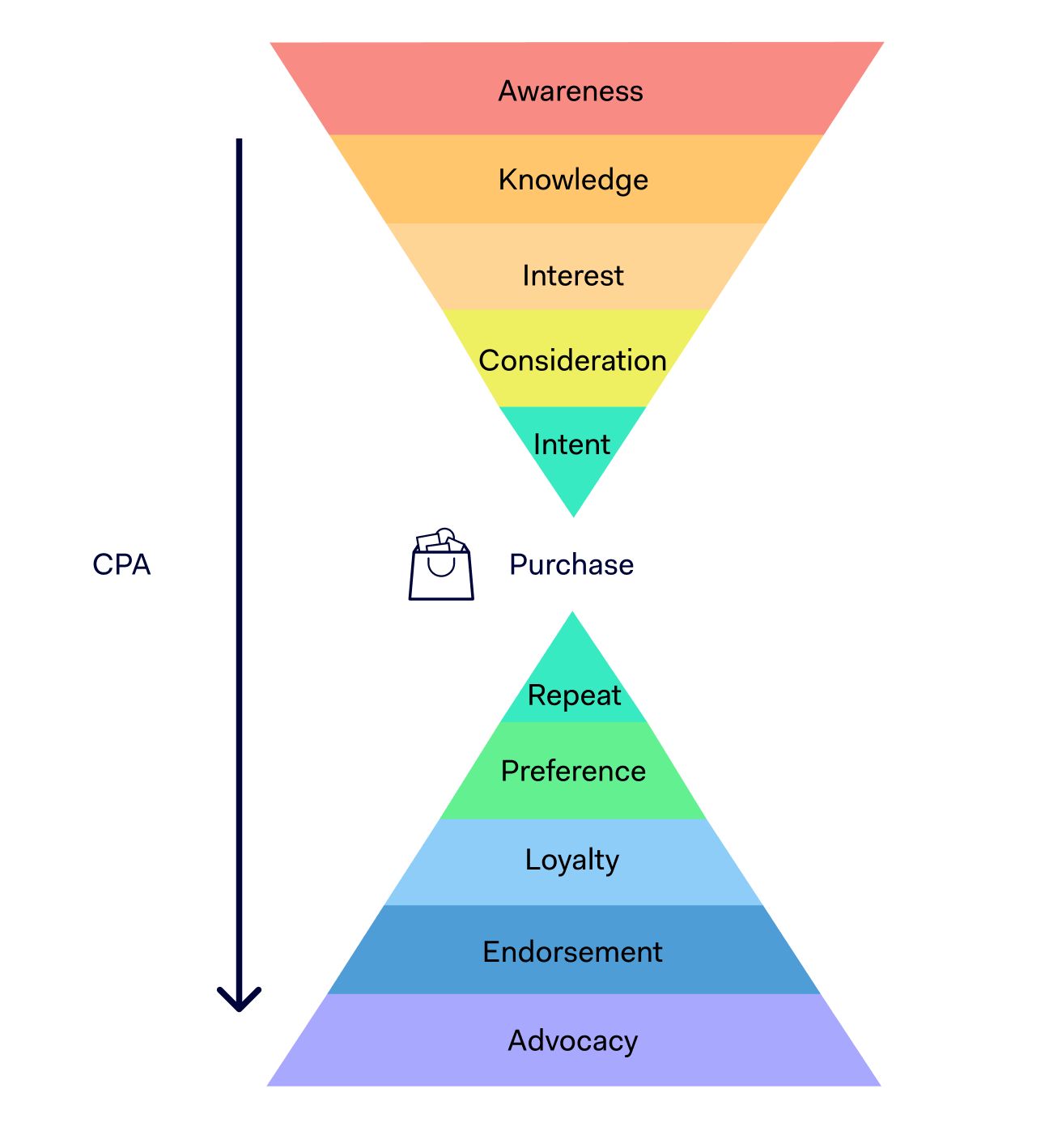By Ivan Dimitrov, Multi-Platform Practice Lead at Tryzens Global The journey toward digital...


By Aimée Hart, Head of Experience Design at Tryzens Global &
George Miller, Growth Consultant, Paid Media & CRO at Juno
When we talk about improving conversion rates, the general thought is based around the potential revenue boost. And while that’s true, there’s more to it. Enhancing conversion rates doesn’t just increase sales; it also drives down the cost per acquisition (CPA), opening the door to more traffic and, ultimately, more customers.
This is where paid media plays a crucial role – not only in driving traffic to your website but also in ensuring that traffic is more likely to convert.
The focus of conversion rate optimization (CRO) is mainly put on post-click elements, such as website design and landing pages. Typical discussions involve the placement of content such as product or service details, where to optimize UI components and new features, and testing deployment of psychological factors.
However, the reality is that CRO doesn’t begin on the website; it starts with optimizing the sales and marketing funnel at the awareness stage, through to consideration, conversion, and beyond to post-conversion activities like customer loyalty and advocacy.

The foundation of optimizing pre-click conversions is understanding your ideal customer profile (ICP). This involves building a detailed avatar of the typical buyer of your product or service.
From there, it’s essential to identify where these potential customers are spending their time online, where they consume content, and how they interact with products similar to yours. This helps you place your marketing material in front of the right audience to drive consideration and, ultimately, conversion.
In digital advertising, this begins with refining your target audience by looking at key data points such as:
Tailoring your advertising to these segments ensures your marketing message resonates with the right people.
It’s critical to ensure that your product or service has achieved product-market fit, which is the alignment between your product and the needs or desires of your target audience. Paid media is only effective when your product or service truly resonates with your audience.
Key steps to achieving and ensuring product-market fit include:
Once product-market fit is achieved, scaling and improving conversion rates become much easier as your offering naturally resonates with the audience, making paid media efforts far more effective.
Within any given market, there’s a sliding scale of potential customers that is based on their intent to purchase. This can typically be broken down into:
The focus of pre-click optimization should be on this 40%, moving them from awareness to consideration, and eventually to conversion.
To effectively optimize pre-click conversion, it’s essential to understand how different platforms and channels work and how to tailor your paid media for each. For example:
The message you deliver across platforms and channels needs to be consistent but adapted for the platform and audience. Each element of the marketing funnel, from the ad copy to the creative, should work in harmony, forming a cohesive strategy that leads users from awareness to conversion.
As your audience broadens, engagement rates and conversion rates may decline. This is a natural part of scaling any marketing operation, but it’s crucial to adjust strategies for broader audiences and create personalized, relevant experiences for new users who enter your funnel.

After users click on your ads, post-click optimization becomes key to turning that traffic into conversions.
Once you’ve acquired a customer, it’s often easier and more cost-effective to upsell to existing customers than to acquire new ones. This is where creating a separate marketing funnel for re-engagement becomes important. This includes:
At the core of these strategies is customer lifetime value (CLV), which answers the key question: What is a customer truly worth? CLV represents the total profit a customer will generate over their lifetime with your business.
The main factors that drive CLV are:
These elements contribute to customers shopping more, buying more, paying more, and staying longer.
Embracing a test-and-learn culture allows businesses to continuously experiment with strategies that optimize customer retention and purchase frequency. By fostering a mindset of ongoing testing and refinement, companies can uncover insights that help address issues related to customer engagement, loyalty, and overall retention.
This iterative approach is critical for identifying what truly drives CLV. According to an Econsultancy survey, businesses are adopting a variety of tactics and strategies to enhance CLV. The most effective of these include:
There are a broad range of techniques that brands and retailers are adopting in order to cultivate and maintain a testing culture. Econsultancy found that most businesses are utilizing:
In terms of marketing, continuously test different variables such as headlines, ad copy, product offering, visuals.
This iterative approach helps you understand which elements resonate with your target audience and drive the best results. Key metrics to track include:
Paid media and CRO are deeply interconnected. Successful conversion rate optimization doesn’t stop at bringing people to your site; it extends into how you nurture those visitors into becoming long-term customers.
Our paid media and CRO specialists empower businesses to unlock insights and drive growth through proven methodologies. By optimizing both pre- and post-click activities, we help you not only attract more customers but also increase their lifetime value.
Through our conversion rate optimization services, we evaluate core challenges and categorize issues by complexity, while keeping an open mind to innovative solutions, helping you to Look Up at the possibilities in digital commerce.
Ready to transform your approach to conversion rate optimization?
Get in touch with us today and let’s start the conversation.